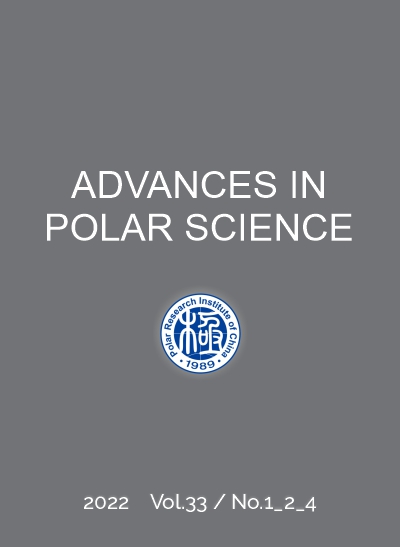Publication: Advances in Polar Science (APS). Vol. 33, No. 1, 71~85, March 2022
To download the publication please click on the download link at the bottom of the page
Author: CHEN Mengya, CHEN Min, ZHENG Minfang, QIU Yusheng, ZHU Jing and QIAN Qiankun
DOI: 10.13679/j.advps.2021.0045
CNARC member: Polar Research Institute of China (PRIC)
Abstract: Seawater samples were collected around Prydz Bay in summer of 2014, dissolved and particulate 210Po and 210Pb were measured to reveal the disequilibrium characteristics and particle dynamics. Our results show that the distribution of 210Po and 210Po/210Pb activity ratio in the upper water is mainly affected by biological absorption or particle adsorption. An abnormal excess of 210Po relative to 210Pb was observed in the surface water at stations P1-2 and P2-2, which is likely to be the horizontal transport of water mass with high DPo/DPb)A.R. and TPo/TPb)A.R.. In this study, the removal of particulate 210Po is mainly controlled by the scavenging of dissolved 210Po and the two have a linear positive correlation with the salinity, a negative linear correlation with the content of dissolved oxygen and a reciprocal relationship with the content of POC. The export flux of POC at 100 m is estimated to be 1.8–4.4 mmol·m−2·d−1 (avg. 2.9 mmol·m−2·d−1) based on 210Po/210Pb disequilibria, with the highest value in the shelf, which is consistent with the distribution of biological productivity.
Key words: 210Po/210Pb disequilibria, 210Po excess, particle dynamics, POC export, Prydz Bay


